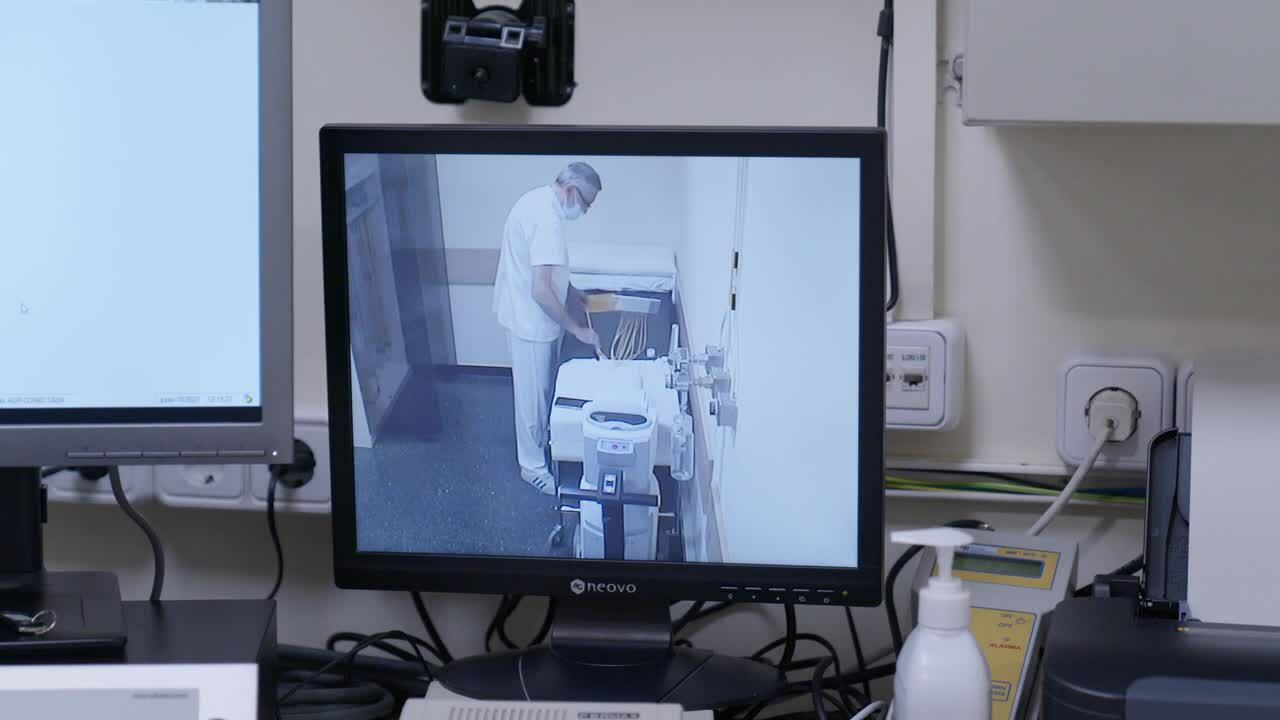
Brachytherapy procedures for different cancer types
Healthcare Perspective
Dr Guedea
Dr. Ferran Guedea, Head of the Radiation Oncology Department at the ICO of the Catalan Institute of Oncology in Barcelona, broadly outlines the type of cancers and the outcomes of their brachytherapy unit. He also emphasizes the importance of publishing outcomes to evaluate treatment efficacy and improve accuracy and outcomes.
Dr. Ferran Gueda and his team treat a large range of cancers using various types of treatments, including brachytherapy.

What is brachytherapy?
Brachytherapy, also known as internal radiation therapy, is a radiation treatment to treat cancer and other conditions.
It involves the placement of radioactive material directly into or near the tumor site (sometimes a body cavity) and delivers the dose of radiation to the cancer cells while minimizing exposure to surrounding healthy tissues. The radiation sources can be in the form of seeds, wires, or catheters, which are temporarily or permanently inserted into the body.
When treating cancer, the radiation oncologist can adjust the radiation dose and perform either high-dose rate (HDR) or low-dose rate (LDR) brachytherapy.
Brachytherapy is used to treat diverse types of cancer, including gynecological cancers, prostate cancers, breast cancers, head and neck cancers, and skin cancer. It offers several advantages, such as a higher treatment dose for the tumor, and sparing of nearby healthy tissues, with a shorter overall treatment duration.
Brachytherapy can be used as a primary treatment or in combination with other radiation treatments like surgery or chemotherapy, depending on the specific cancer type and stage.
The three primary conditions treated with brachytherapy by Dr. Guedea
Gynecological cancers
Dr. Guedea's unit conducts approximately a thousand brachytherapy procedures each year. Most of them involve the treatment of gynecological cancers, specifically cervical, endometrial, and vaginal cancers.
Breast cancers
Dr. Guedea's practice treats breast cancers with specialized expertise in partial breast irradiation. Using the multi-catheter technique, his team offers tailored fractionation options, ranging from four days to a single fraction, catering to individual patient needs. Their aim is to provide effective and efficient treatment, ensuring optimal outcomes for patients seeking breast brachytherapy.
Prostate cancers
Over 60% of the procedures performed, focus on treating prostate cancer through prostate brachytherapy using low-dose-rate brachytherapy seeds and high-dose-rate brachytherapy as a boost for high-risk prostate tumor patients, resulting in excellent published outcomes.
Other conditions
Lastly, Dr. Guedea's practice also encompasses the effective brachytherapy treatment of various other tumors, including malignant choroidal melanomas, all ENT (Ear, Nose, Throat) conditions, as well as a range of skin conditions.
The importance of studies and publications to demonstrate results and outcomes of brachytherapy procedures for cancer
In addition to technology and experience, Dr. Guedea emphasizes the importance of treatment results driving continuous improvement and ensuring optimal patient outcomes.
Brachytherapy advantages over other cancer treatments
Brachytherapy, also called internal radiation therapy, offers several advantages over other cancer treatments. One of its key advantages is its precise and targeted delivery of radiation directly to the tumor site. This focused approach allows for higher radiation doses to be administered to the tumor while minimizing exposure to surrounding healthy tissues.
Treatment efficacy: brachytherapy has demonstrated excellent outcomes in various cancer types of treatment. The high radiation doses delivered directly to the tumor result in effective tumor control and increased chances of local disease eradication.
Disease control is a primary objective in cancer treatment, and brachytherapy has proven to be highly effective in achieving local disease control. By delivering radiation directly to the tumor, brachytherapy helps to destroy cancer cells and halt their growth. This targeted approach is particularly advantageous in cases where tumors are confined to a specific area or organ, allowing for precise treatment and reducing the risk of cancer recurrence.
Treatment toxicity control: by delivering radiation directly to the tumor while minimizing exposure to healthy tissues, brachytherapy can reduce the risk of side effects and complications. Compared to external beam radiation therapy, where radiation passes through healthy tissues to reach the tumor, brachytherapy has a lower incidence of treatment-related toxicities.
The importance of publishing results and running studies
Dr. Guedea emphasizes the importance of publishing outcomes to evaluate treatment efficacy, disease control rates, and treatment toxicity.
Notable publications include their experience with iodine-125 brachytherapy and HDR brachytherapy as a boost in prostate cancer cases. Additionally, their participation in the GEC-ESTRO study has shown excellent results in partial breast irradiation, with minimal local recurrence rates and low treatment-related toxicities.
